Description
Title: Pigment Dispersing Agents: A Colorful Revolution in the World of Coatings and Inks
Introduction
Pigment Dispersing Agents (PDAs) are indispensable additives in the formulation of coatings, inks, and paints. They have revolutionized the industry by enabling the creation of vibrant, uniform, and stable colors. This article delves into the fascinating world of PDAs, exploring their types, mechanisms, applications, and benefits.
What are Pigment Dispersing Agents?
PDAs are specialized surfactants designed to improve the dispersion of pigments in a liquid medium. They facilitate the break-up of pigment aggregates, reducing the particle size and increasing the surface area of pigments. This results in improved color development, stability, and gloss.
Types of Pigment Dispersing Agents
There are several types of PDAs, classified based on their chemical structure and mode of action. These include:
- Anionic PDAs: These are negatively charged and are effective in dispersing inorganic pigments.
- Cationic PDAs: These are positively charged and are used to disperse organic pigments.
- Non-ionic PDAs: These are neutral and are used in both organic and inorganic pigment dispersion.
- Amphoteric PDAs: These can behave as either anionic or cationic depending on the pH of the system.
Mechanism of Action
PDAs work by reducing the surface tension between the pigment particles and the liquid medium. This allows for easier wetting and spreading of the pigments, leading to a more uniform distribution. Additionally, PDAs can stabilize the dispersed pigments by creating a protective layer around them, preventing re-agglomeration.
Applications and Benefits
PDAs are used in various industries, including:
- Paints and Coatings: PDAs improve the flow and leveling properties of paints, enhancing their aesthetic appeal.
- Ink Industries: Ink formulations benefit from PDAs by achieving vibrant colors, excellent print quality, and improved stability.
- Plastics: PDAs help disperse pigments in plastic materials, enhancing color consistency and durability.
The benefits of using PDAs include:
- Improved color development: PDAs facilitate the creation of vivid and intense colors.
- Enhanced stability: PDAs prevent the settling and re-agglomeration of pigments, ensuring long-term color stability.
- Better flow and leveling: PDAs improve the flow properties of coatings and inks, resulting in a smoother finish.
- Cost-effective: PDAs reduce the amount of pigment required, leading to cost savings.
Conclusion
Pigment Dispersing Agents have transformed the world of coatings, inks, and paints by enabling the creation of vibrant, stable, and uniform colors. With the continuous advancements in PDA technology, we can expect even more innovative applications and benefits in the future. By selecting the right type of PDA for a specific application, manufacturers can achieve optimal color performance, stability, and cost-efficiency.

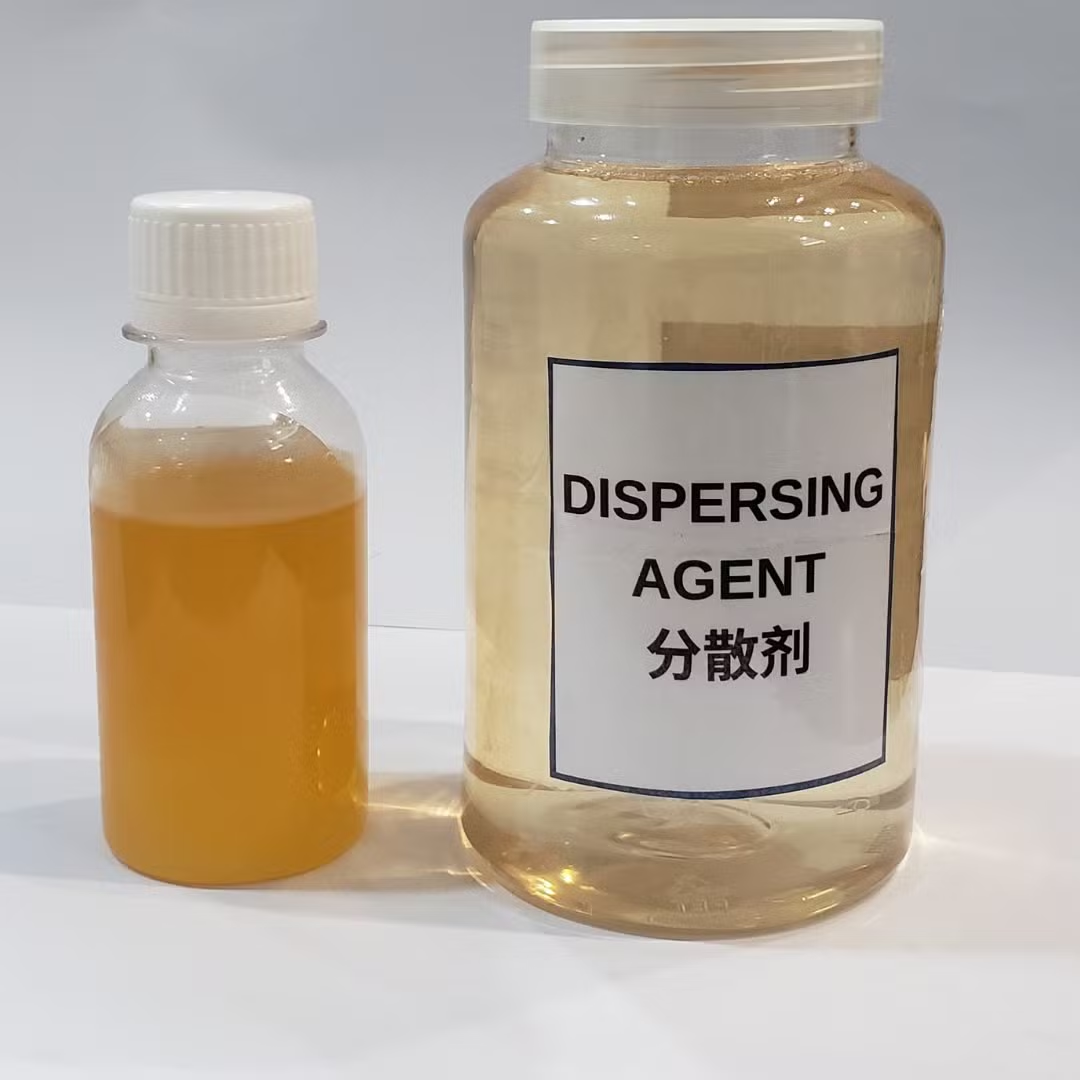
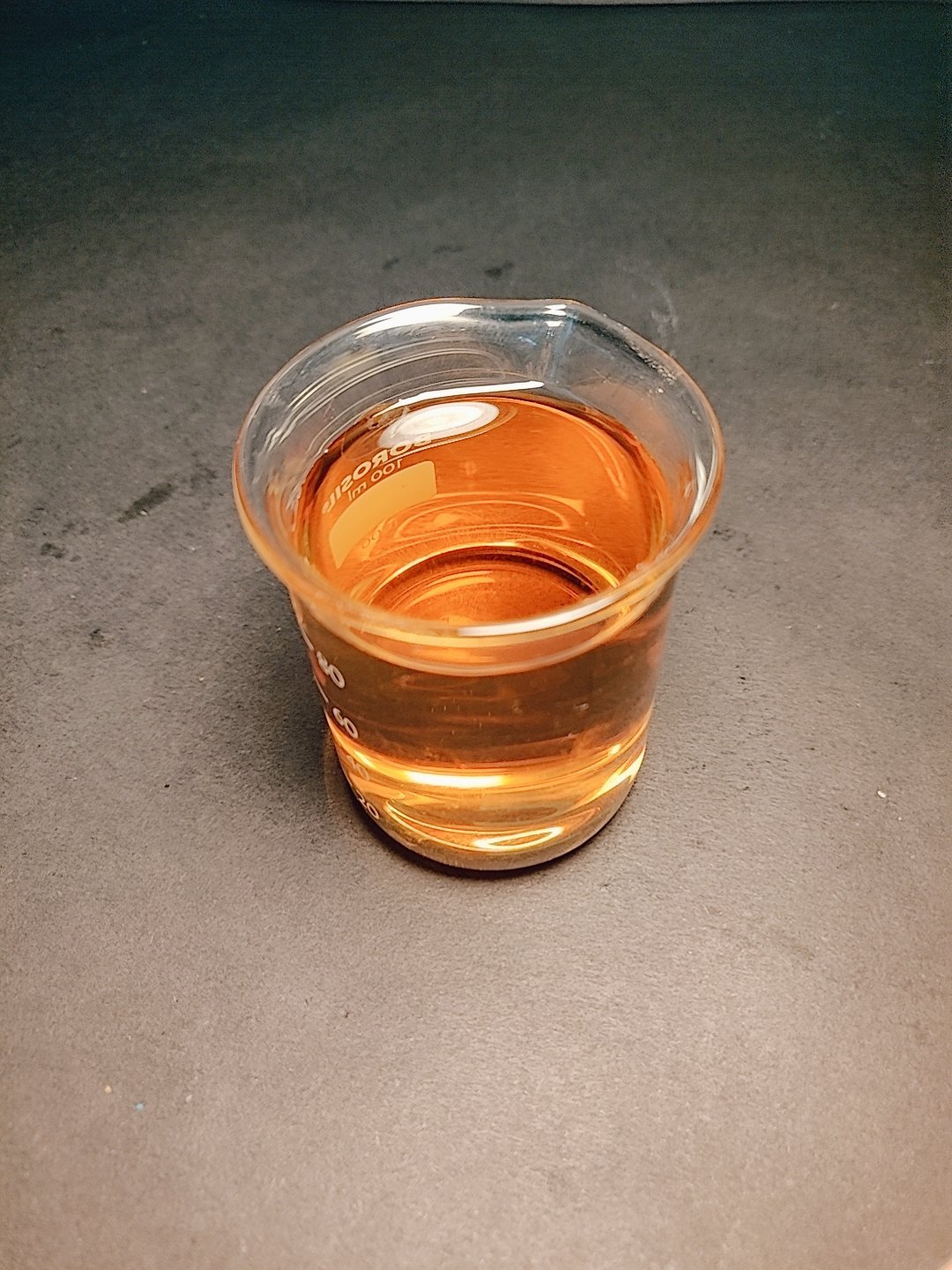

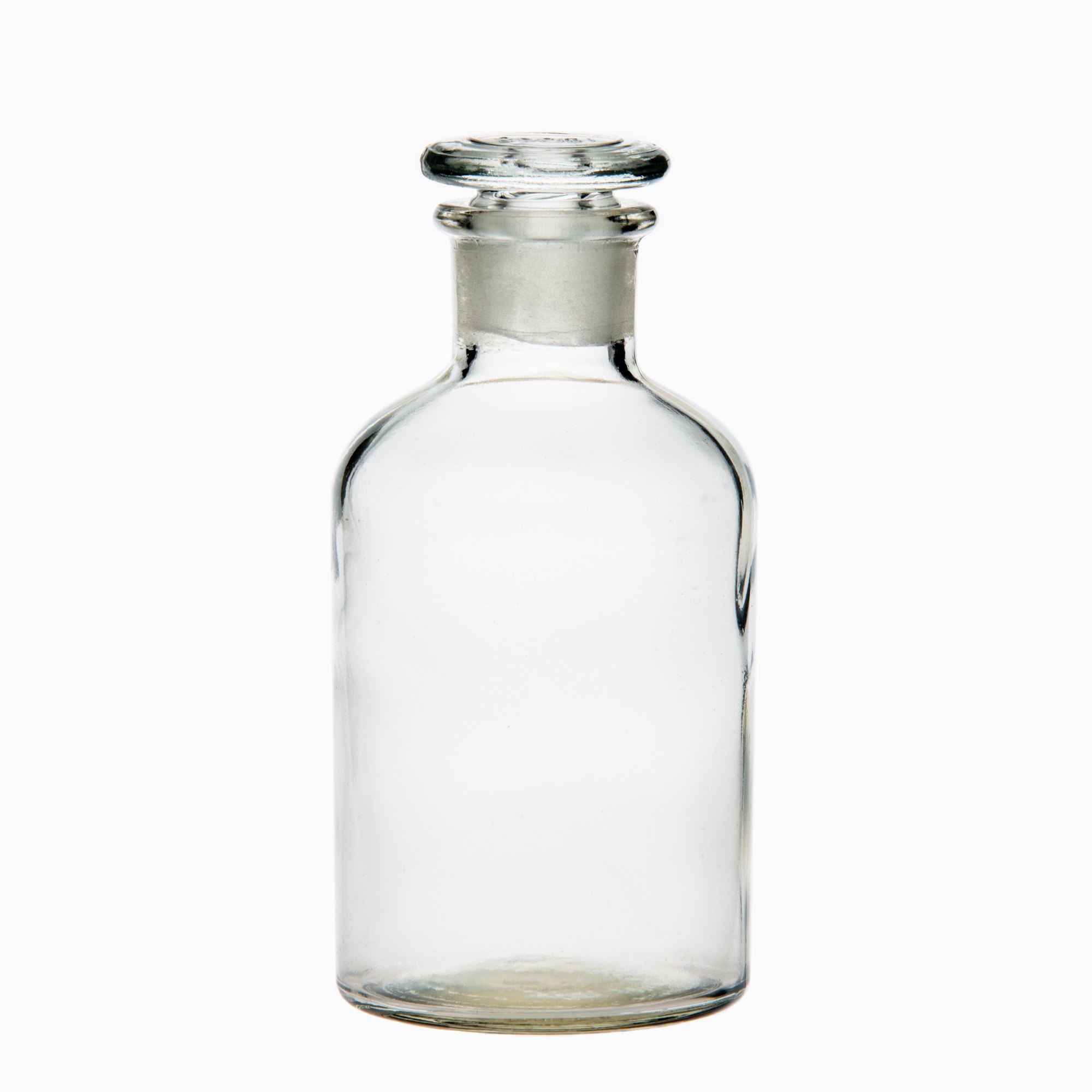

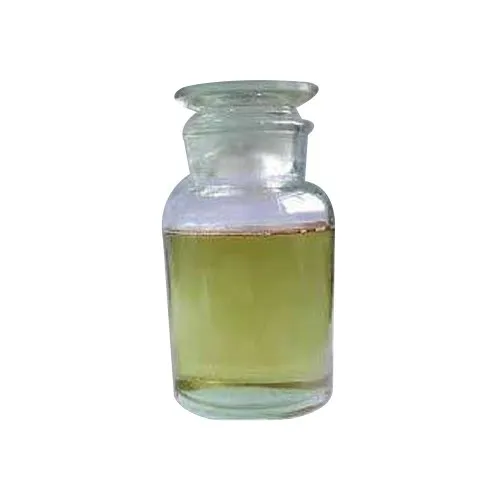
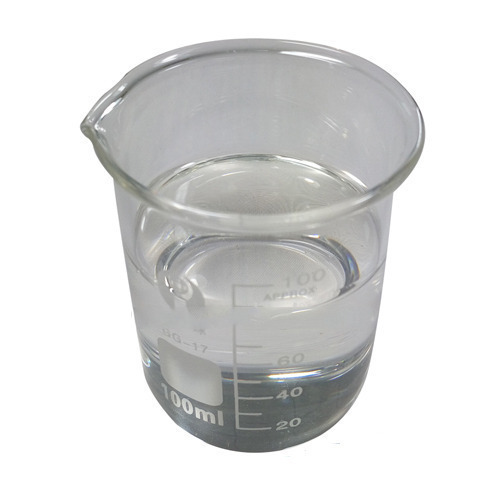


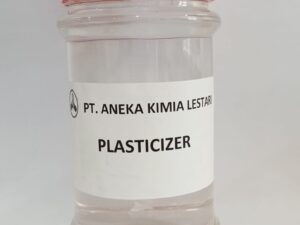

Reviews
There are no reviews yet.